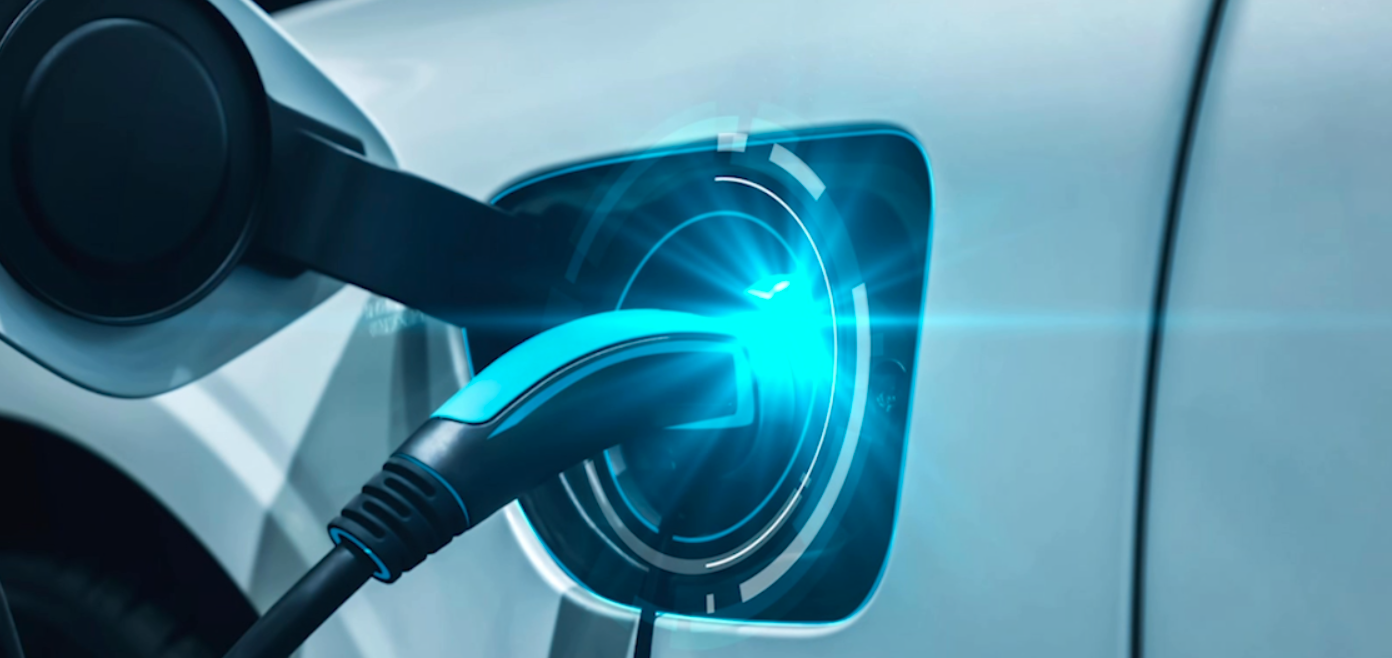Vehicle-to-Grid Technology

Smart technology for home energy use
One of the innovations in EV charging technology is Vehicle-to-Grid (V2G) EV charging, which offers a novel solution to the challenges of renewable energy integration and grid stability.
Understanding Vehicle-to-Grid (V2G) Technology
V2G technology flips this concept on its head by enabling bidirectional energy flow between EVs and the power grid. Simply put, it allows electric vehicles to not only draw energy from the grid but also feed excess energy back into it when required.
V2G charging relies on smart charging infrastructure, which encompasses the communication protocols, metering systems, and power electronics necessary for seamless energy transfer between the EV and the grid. The technology enables EVs to become mobile energy storage units, capable of storing and discharging electricity at the appropriate times.
Benefits of V2G Charging
Grid Stabilization: One of the primary advantages of V2G technology is its potential to enhance grid stability. By allowing bidirectional power flow, EVs can act as distributed energy resources, providing grid operators with greater flexibility in managing electricity demand and supply. EVs can feed surplus power back into the grid during peak demand periods or in emergency situations, thus reducing strain on the grid and preventing blackouts.
Renewable Energy Integration: V2G charging plays a crucial role in integrating renewable energy sources into the grid. Solar and wind power, for instance, are subject to intermittency due to weather conditions. With V2G, EVs can store excess renewable energy generated during periods of high production and discharge it during periods of low production. This flexibility helps balance supply and demand, maximizing the utilization of renewable energy and reducing the reliance on fossil fuel-based power generation.
Cost Savings: V2G technology also offers potential cost savings for EV owners. By participating in grid services, such as demand response programs or providing frequency regulation, EV owners can receive financial incentives or credits from utility companies. These incentives can offset the cost of charging their EVs or even generate additional income, effectively lowering the total cost of ownership.
Future Outlook
While V2G technology holds immense promise, several challenges need to be addressed for its widespread adoption. Some of these challenges include:
Battery Degradation: Frequent charge and discharge cycles may impact the lifespan and performance of EV batteries. Battery management systems and advanced algorithms are necessary to ensure optimal battery health and longevity.
Standardization and Interoperability: Establishing common standards and protocols for V2G communication and compatibility across different EV models, charging infrastructure, and grid systems is crucial to facilitate seamless integration.
Regulatory Framework: Governments and utility companies need to develop supportive policies and regulations that incentivize V2G deployment and enable fair compensation for EV owners participating in grid services.
Despite these challenges, V2G technology is offering an increasing amount of additional benefits to EV ownership.
